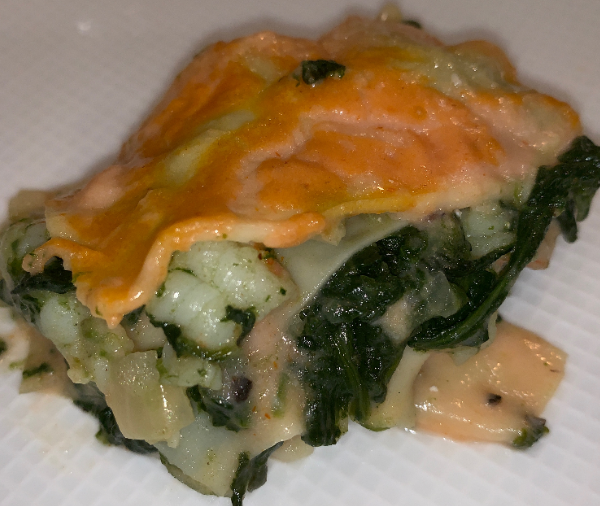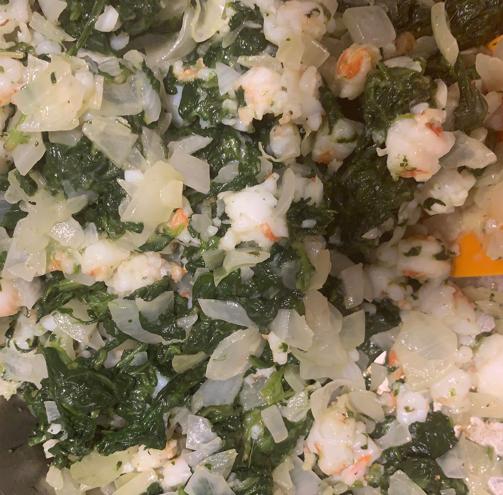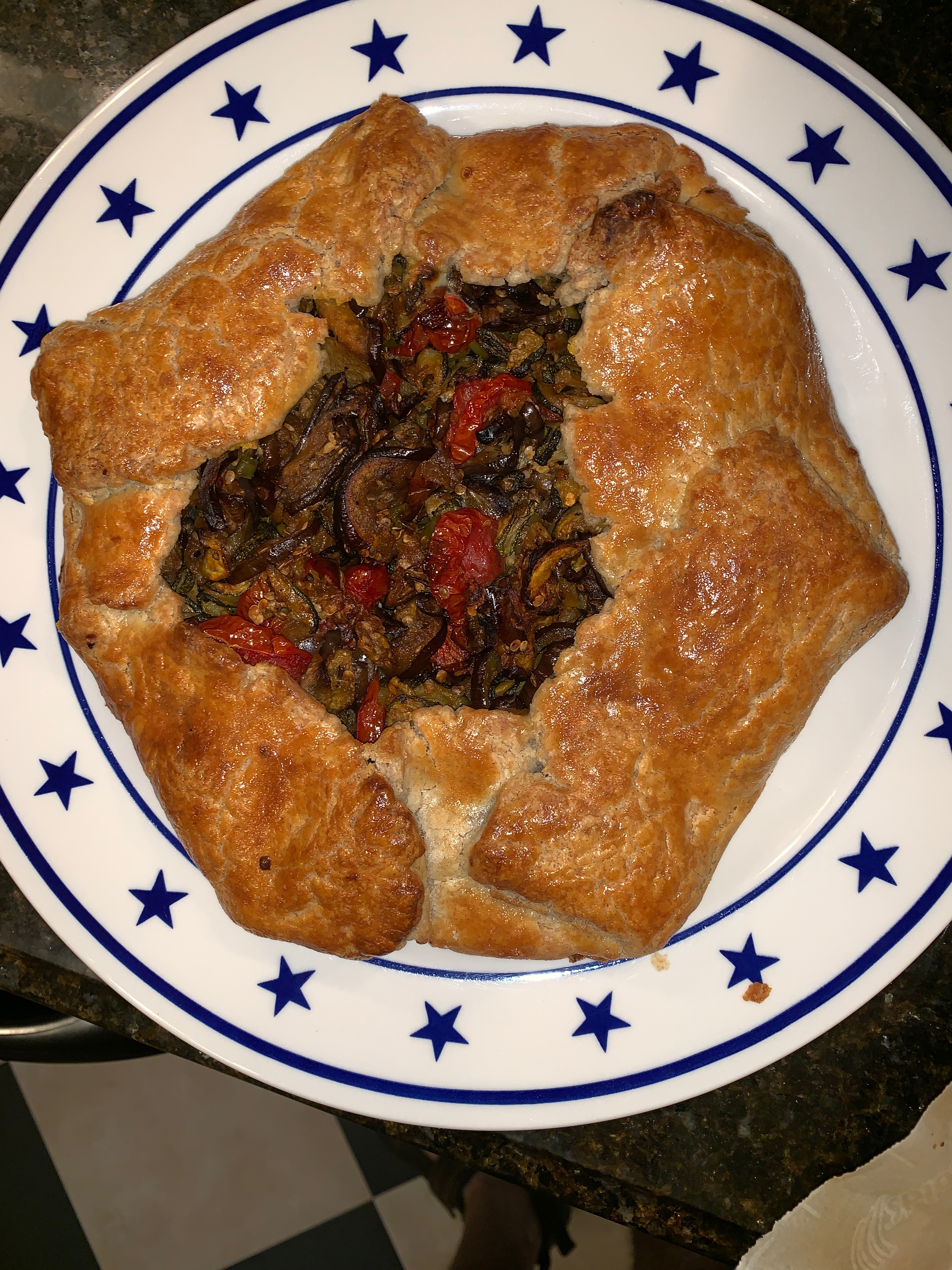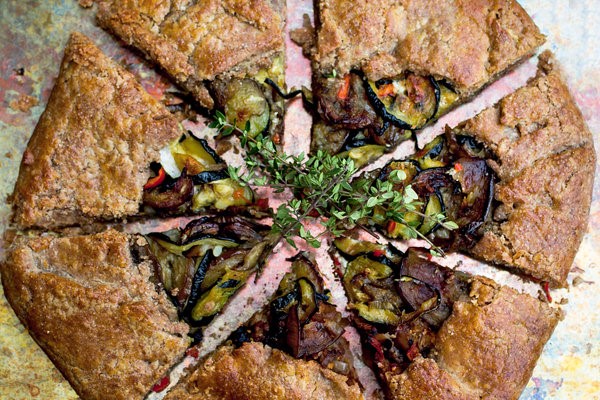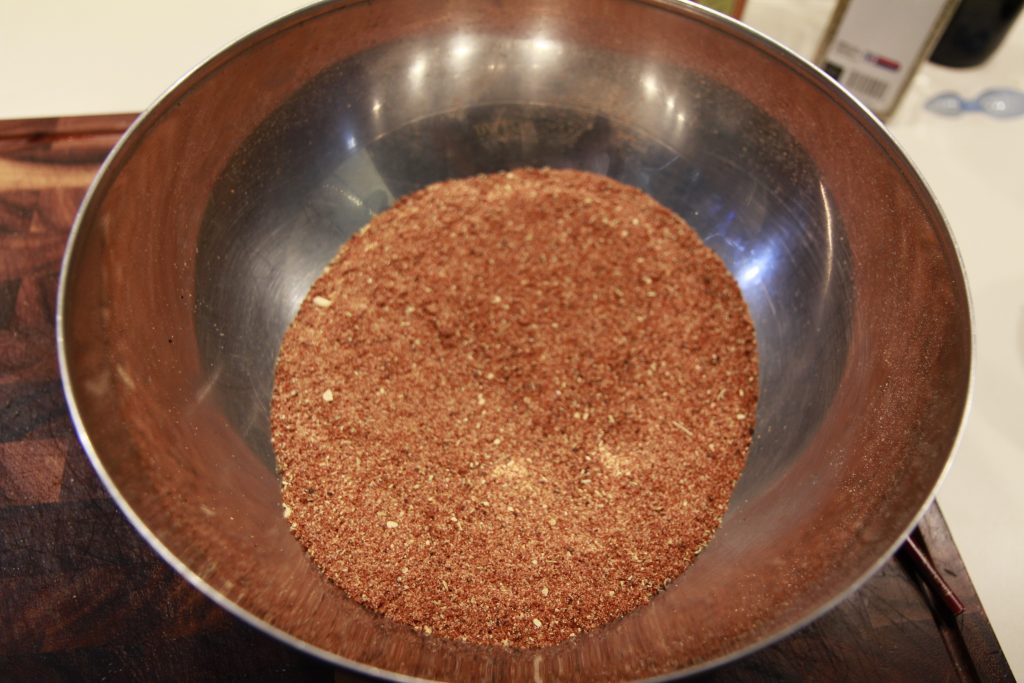Ultimate Pasta – Julia Della Croce P.133 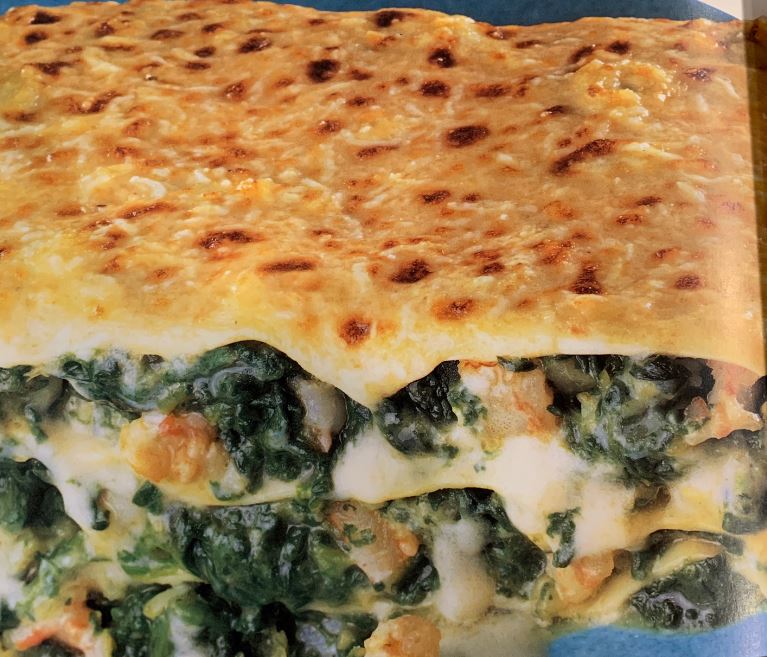
In my opinion this is a 10/10. It was a bit of work (would be a lot less if I hadn’t made my own pasta. I made the pasta so thin that the recipe only used a tiny fraction of the pasta that I had made.
- Ingredients
- ½ quantity fresh egg pasta (1/2 lb/250g)
- Salt, to taste
For the filling
- 2lb spinach washed and stems removed
- lb (500g) fresh raw shrimp, washed and shelled
- 4 TB unsalted butter
- 1 large onion, very finely chopped
- 1/2 tsp salt, or to taste
- freshly ground white or black pepper, to taste
- 1/2 cup (125ml) plain tomato sauce
- ~2 cups bechamel (500ml) flavored with nutmeg (I used about extra 1/4-1/2 cup)
- 1/2 cup (60g) freshly grated Parmesan (I used more than this b/c I spread some between each layer)
Directions
1.Roll the pasta as thin as possible (I think about a 4 on the kitchen aid is good enough I went with 6 and think it was too thin). With a knife or fluted pastry wheel, cut the sheets of pasta into 3 1/2 x 4 1/2 in (8 x 11cm) rectangles and let them rest on dry dish towels for at least 15 minutes.
- Meanwhile, bring 4 quarts (5 liters) of water to a rolling boil. Add 1 ½ tablespoons of salt and slip in the pasta, two or three pieces at a time, and cook for a total of 1 minute. Retrieve with a slotted spoon and immediately immerse in a bowl of cold water (do not put ice in the water as it will make holes in the pasta). Lay the strips on a damp dish towel and finish cooking and cooling all the pasta in the same manner. Do not overlap them. Pat dry.
- Place the spinach in a large, deep, lidded pan with no water except the drops still clinging to the leaves after washing. Steam the spinach until tender, tossing occasionally for even cooking, 5-10 minutes. Remove from the heat, drain, and leave until cool enough to handle. Using your hands, squeeze out most of the excess water. Finely chop the spinach and set aside.
- Using a small knife, make a slit down the back of each shrimp and remove the dark intestinal vein. Rinse well under cold running water, pat dry, then finely chop and set aside.
- Warm the butter in a skillet and add the onion. Saute over medium heat until wilted, about 4 minutes. Add the shrimp and saute quickly just until they turn pink, stirring to cook evenly. Remove the pan from the heat and stir in the chopped spinach, salt, and pepper.
6. Preheat the oven to a temperature of 400°F (200°C).
7. Combine the tomato sauce and the béchamel. Select a 10 x 14in (25 x 35cm) baking dish. Smear a very thin layer of sauce on the bottom of the baking dish. Carefully place a layer of the lasagna noodles over the sauce, making them touch without overlapping, and covering the entire surface area.
- Smear a thin layer of sauce over the lasagna. Spoon some of the spinach- shrimp mixture over it. Over that, scatter some of the grated Parmesan. Lay down another layer of lasagna, making sure there are no gaps and no overlapping. Repeat the process of layering, ending with a layer of lasagna topped with bechamel sauce and a sprinkling of Parmesan.
- Slip the dish onto the middle oven rack. Bake until the sauce forms a light golden crust, about 20 minutes. Do not overcook. Remove the dish from the oven and leave to settle for 10 minutes. Cut into squares, and serve hot.

